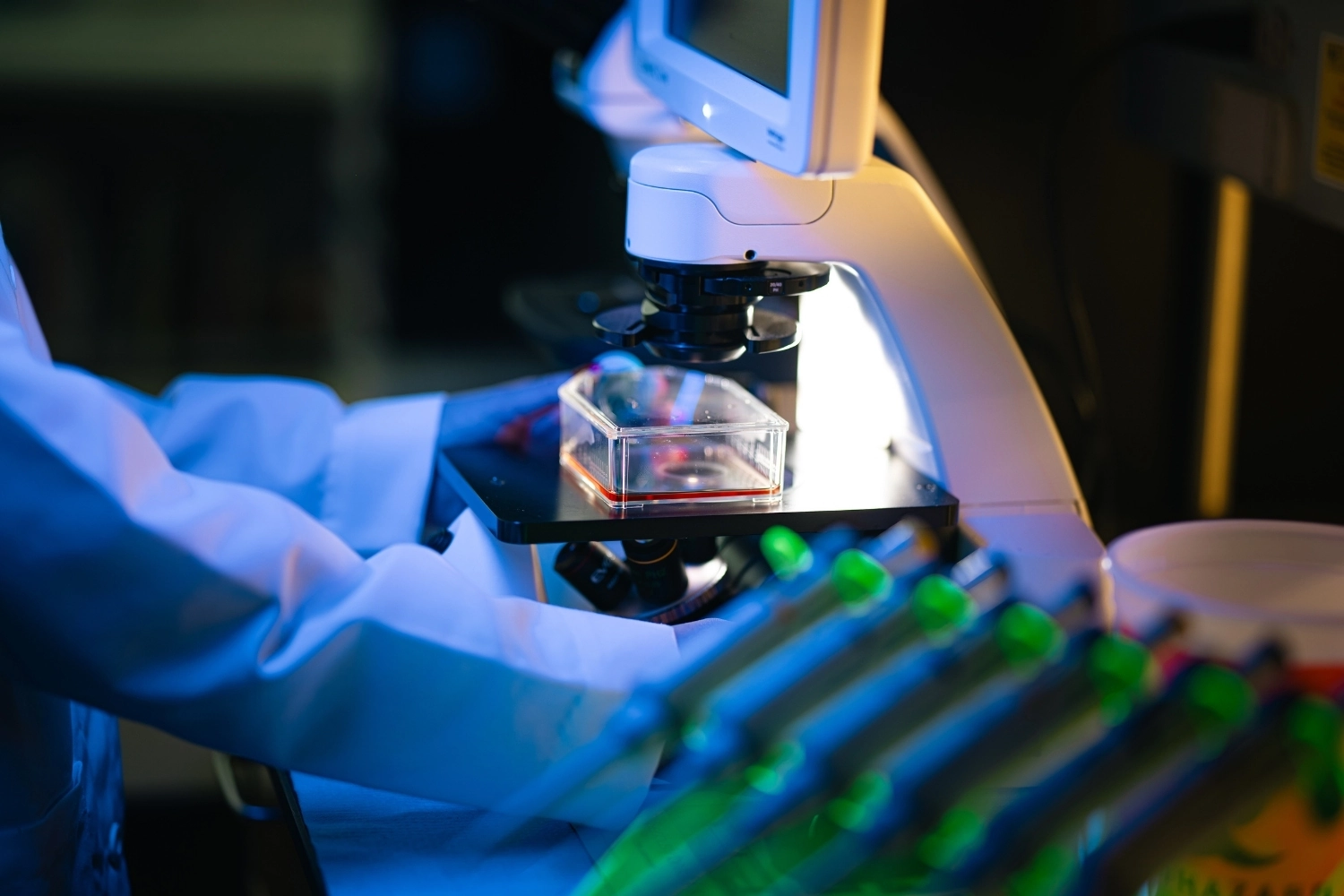Dr. Robert Sackstein investigates the structures that direct cell migration in blood flow, such as those molecules that cause braking on E-selectin. Collectively, these molecules are called the "homing receptors" because they act as the navigators in directing the homing of cells into tissues.
Sackstein is a recognized authority in stem cell-based therapies, immunology, and glycobiology.
See research publications and more on FIU Discovery.
Contact Us
For information about our lab or undergraduate research opportunities, please contact us at sackstein@fiu.edu.

About the Lab
The Sackstein laboratory has yielded strategies to control the display of the homing receptors to achieve tissue-specific migration of cells. The capability to maneuver cells in this fashion allows for repairing damaged organs and tissues (i.e., stem cell-based "regenerative medicine"). It also has immense implications for immune cell therapy (i.e., "adoptive immunotherapeutics") for cancer or infectious diseases.
This technology can precisely steer trafficking of cells within the bloodstream into degenerated/inflamed/damaged tissue (e.g., for stem cell-based cure of diseases like osteoporosis and diabetes) or into diseased tissues (e.g., for the use of T cells that can destroy cancer or combat infectious diseases).
Donate
Interested in supporting our research or scholars?
Please contact:
Naomi Nixon
Associate Dean for Development
Phone: 305-348-9038
Email: nnixon@fiu.edu